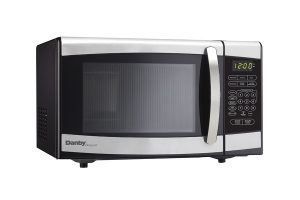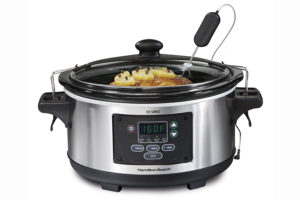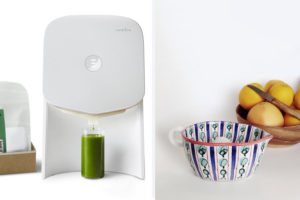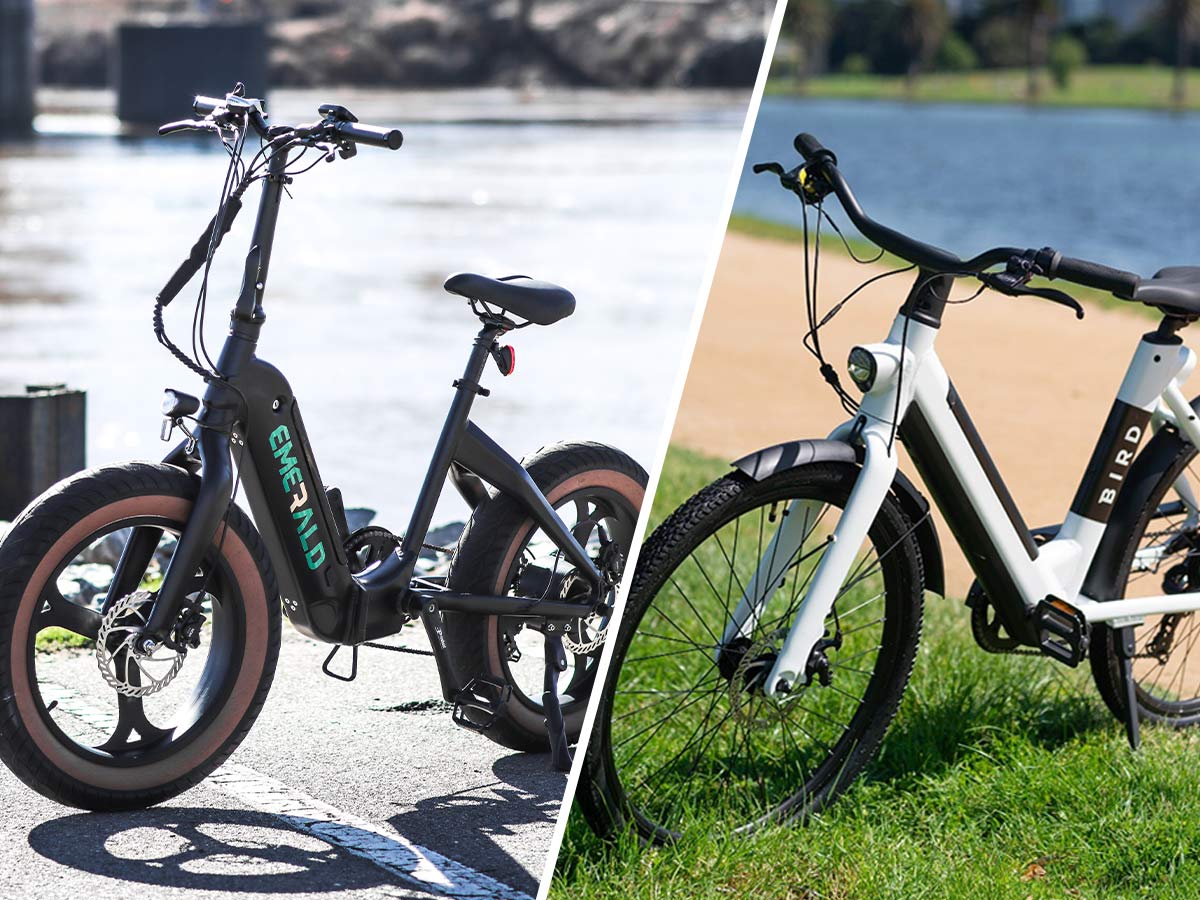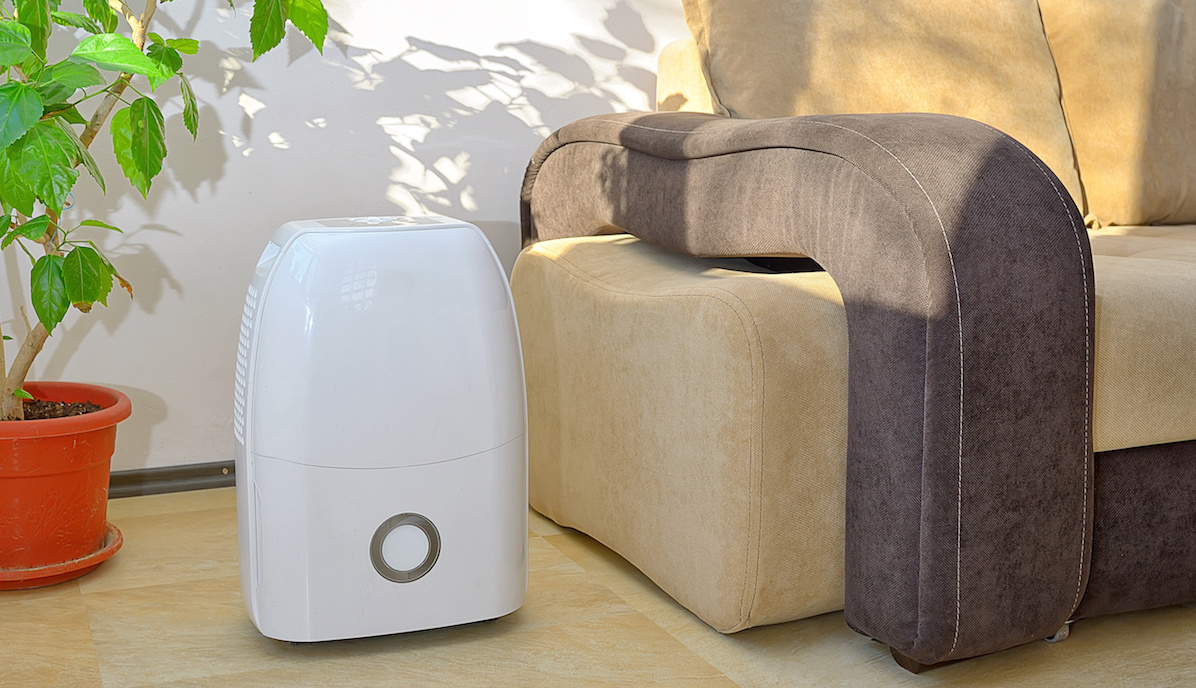Which Material Is Best for a Cutting Board?
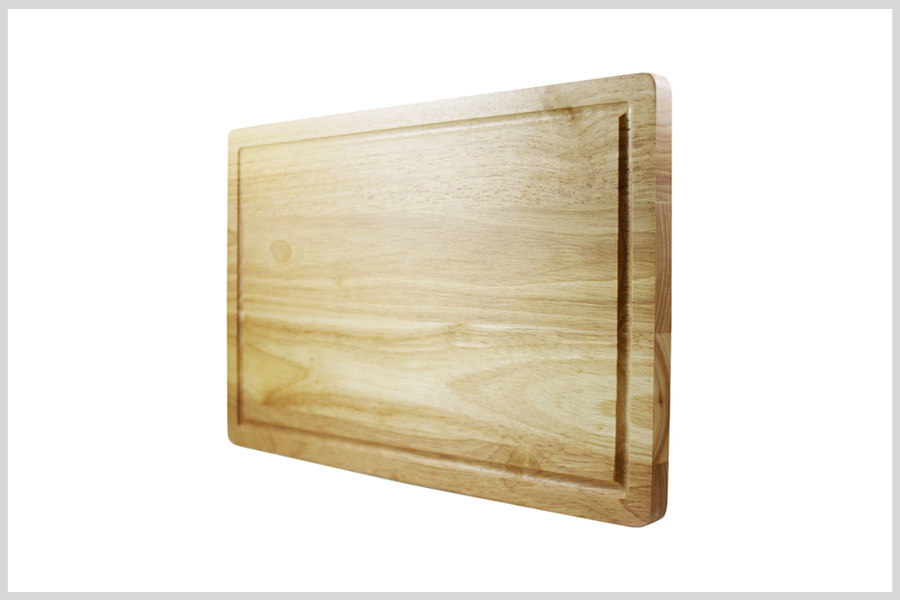
For such a mundane tool as a cutting board, you sure do have a lot of options. Does it really make a difference whether you grab plastic, wood, or something else? As it turns out…yes. It does. Choosing the right material can protect your knives and your health alike.
Plastic
Plastic cutting boards are some of the cheapest on the market, but are they good?.It really depends on who you ask. Many chefs recommend that you keep a plastic cutting board to cut your proteins, since you can run it through a dishwasher multiple times without damaging the board.
Unfortunately, that doesn’t actually work. It turns out you’re actually twice as likely to get salmonellosis from a plastic board than a wooden one. As you cut on your board, you create divots and scratches on the material. As it happens, plastic surfaces are almost impossible to clean when knife-scarred, which allows bacteria like E. Coli and Salmonella to thrive – especially when chicken fat is present. Even if you run it through the dishwasher, you’re at risk. Plastic cutting boards are cheap, but they’re not the sanitary wonder people assume they are.
On top of that, plastic cutting boards can damage your knives, rolling and bending the edge of the blade.
Bamboo
Bamboo has become increasingly popular over the last few years because it’s environmentally friendly and sustainable. Bamboo doesn’t need chemicals in order to thrive, and it grows incredibly quickly. It also has some unique properties that make it good for cutting boards. It absorbs less liquid than regular wooden boards, which means it’s considered more sanitary than traditional wood or plastic boards. Overall, bamboo is a great choice, but there are some drawbacks.
First, bamboo woods must be maintained using oil. Not doing so can result in splintering after a short period of time. Additionally, bamboo is very hard, which means it’s tough on your knives. Like plastic, grooves and cuts in the board can harbor bacteria, although bamboo lasts longer than plastic due to its strength.
Wood
Wood cutting boards are a great choice, especially for cutting fruit and vegetables. The study we mentioned previously found that wood cutting boards do retain some bacteria, but they keep it deep inside, where it dies out quickly. To get to the bacteria and get sick, you’d have to break your board open and prepare your food on the pieces somehow. But while wood is more sanitary, there are many things you should take into account before buying a wooden cutting board.
Like bamboo cutting boards, you have to oil and maintain your wooden cutting board. They require thorough cleaning, drying, and re-oiling on a regular basis. Moreover, you have to do all that by hand – wooden cutting boards aren’t really supposed to go into the dishwasher. But while wood is the most work, it’s also best choice for your knives. It isn’t as hard as the other materials on this list, meaning that it generally won’t wreck your blades as quickly as the others.
Glass
Glass cutting boards are popular because they’re incredibly easy to clean. And since tempered glass isn’t porous, bacteria can’t really get into the little grooves made over years of cutting. There’s also no need to oil glass cutting boards, making them nearly maintenance-free. Unfortunately, there is one major drawback – your knives. Glass cutting boards are the worst for your knives. As one of the hardest options out there, they will absolutely wreck your blade. They’ll also wreck your ears – cutting on a glass board is incredibly loud. A good set of knives is much more expensive than a cutting board, so we’re going to put glass as one of the worst choices for cutting board materials.
Silicone
Silicone is one of the best materials for a cutting board that you can buy. You just have to be willing to pay for it. High-quality silicone cutting boards are made of thick material that can resist knife marks and scratches. But they’re soft enough not to damage your cutting utensils. Additionally, silicone is the only one on the list that’s non-slip, and allows you to funnel food into a bowl or cooking surface after chopping. The biggest drawback for silicone is that it may have a strong smell after purchasing. And as you cook, it’ll absorb the smells of your onions, garlic, and whatever else you may be cooking. There’s another issue that arises if you skimp too much on the silicone – cheaply-made silicone boards don’t have the resilience of their nicer counterparts. They’ll cut easily, which can cause the same bacteria issues down the road that plastic can..

